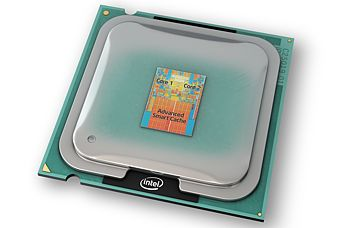
My friends the particle physicists look for clues to the secrets of the universe: they want to know how things are put together, or, to put it better—how things are coming apart, given that the universe is expanding. They’re tracing the clues back to the beginning, when all things were one.
That sounds so cosmic. Better than the Bible.
So I thought that when Robbie Pattie, a research fellow with the NCSU physics department, showed me his work space, I’d be seeing something…well, cool. I thought he’d lead me over to some eyepiece, and I’d look in, and there would be the Big Bang repeating, or something.
Nope. He showed me what looked like a 1-inch USB port in a block of wood and a cold keg of helium. (See above. Photo courtesy of Dave Baker.)
Okay—it was REALLY cold. The helium. It was 4 Kelvin, which works out to -270 Celsius or -452 Farenheit. So if you want to argue semantics, Robbie did show me something “cool.”
The really cool stuff is too small to see, though. Down in that thing that looks like a USB port is a battery with each pole hooked to a tiny bronze plate (think middle school shop class electronics). Hovering (actually, doing little mini-orbits, little loops) between the plates is a neutron from that 4 Kelvin helium (there’s none of that in shop class). Robbie’s colleague Chris is trying to measure the ways that the electric charge affects the neutron’s motion.
If the neutron's loop stays the same, we aren’t too excited. We know that the neutron has magnetic moment because it contains an electron and a proton—collectively, its charge is neutral, but it has poles. But if the neutron wavers in its little orbit, that means the electric field generated by the battery is affecting it; it has electric dipole moment. There’s another particle in there we’ve never observed before, pulling it towards the field. And that is extremely—cosmically—exciting.
Most particle physicists think that there’s a dark half of the universe. A Bizaro half made of matter that we can’t see, even though it pulls us outwards constantly. They call it dark matter, and we know it's there because the universe is expanding, and we can see its background radiation.
Electric dipole moment—if Chris’s neutron has it—would be evidence of the Bizaro electron. Proof of the other side. If Chris can find it, physicists can adjust their picture of how the universe works.
Did you get that? ADJUST THEIR PICTURE OF HOW THE UNIVERSE WORKS. That’s what physicists do.
The NCSU group's work also adds to a body of scholarship that looks for materials that work best in these kinds of experiments. They're called Ultra Cold Neutrons (remember that 4 Kelvin Helium?) If you want to see the cool stuff Robbie builds in a lab out in Los Alamos (think shop class, again), check out this power point of a paper he contributed to. It was presented at an Ultra Cold Neutron conference at the end of last year in Santa Fe, New Mexico.




_white.png)





